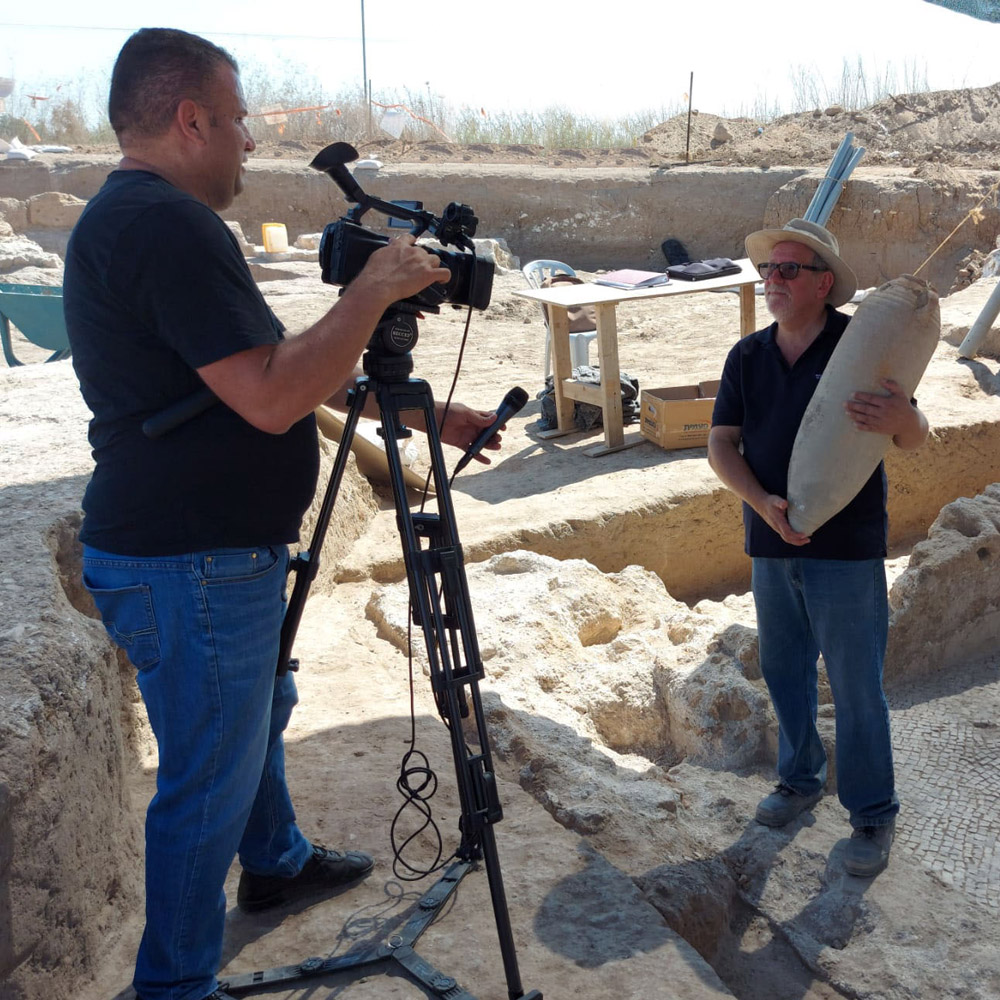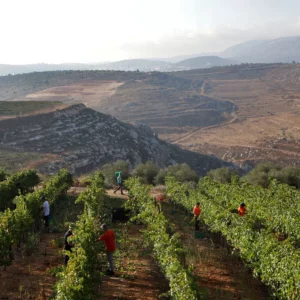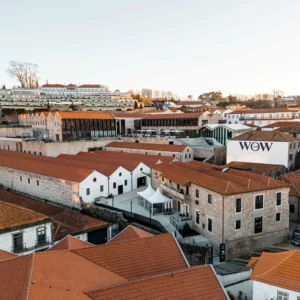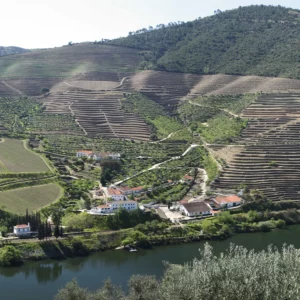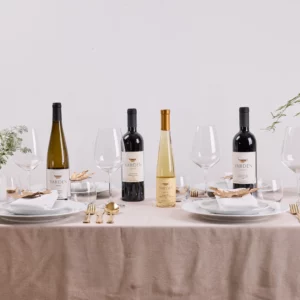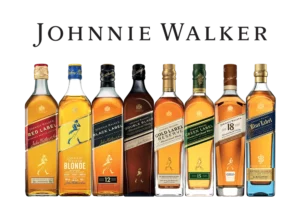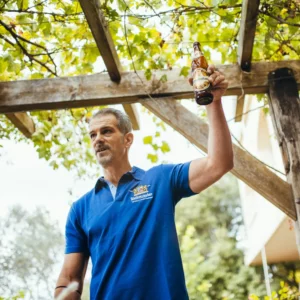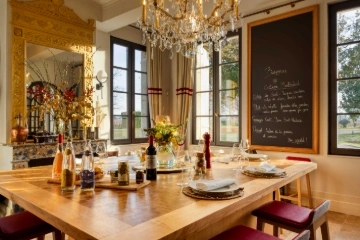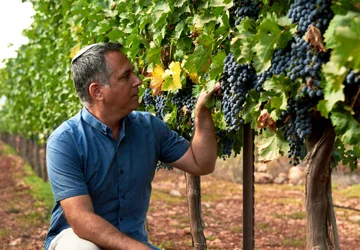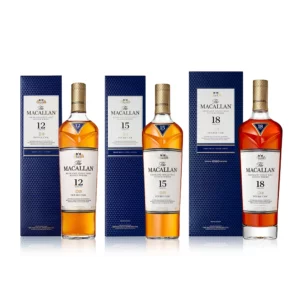CREDIT: Assaf Peretz, Israel Antiquities Authority
I have had the pleasure of meeting Jon Seligman. He is a Brit, with South African roots, who came to live in Israel many years ago. He is the Senior Research Archaeologist of the Israel Antiquities Authority and is extremely accomplished with the longest cv I have ever seen. The list of positions he has held is complemented by a long list of archaeological digs and excavations he has participated in or led, and an even longer list of papers he has published. One thing is certain. He has many accomplishments and a very distinguished career.
This article first appeared in the Jerusalem Post
He described to me the ennui of the routine of being an archaeologist, punctuated by moments of pure excitement and delight when a find is made. It is this which, in the end, makes it all worthwhile. The ultimate is to make a find that draws a line to an individual. He explains “something like finding a jar with a finger print on it.” We met so I could learn about the uncovering of the mega wine complex at Yavne, which has proved to be the largest Byzantine winery ever discovered. He was co-director of the excavation with Dr. Elie Haddad and Liat Nadav-Ziv. The winery, dating back 1,500 years, was uncovered during a routine salvage excavation prior to construction of a new neighborhood.
It is not just a winery, but a large, industrial wine complex. It included five large wine presses, treading floors, two huge octagonal vats, storage rooms for wine jars and even kilns. Seligman said: “this was unique because here was a cluster of five huge wine presses, especially beautiful in their architecture.” He went on to say that to find large wine presses is not rare, but to have a complex of five large ones and small ones together is unique. There were interesting touches like places for the free run juice, filtration vats and ducts, ridges designed to support a clay jar and scalloped niches.
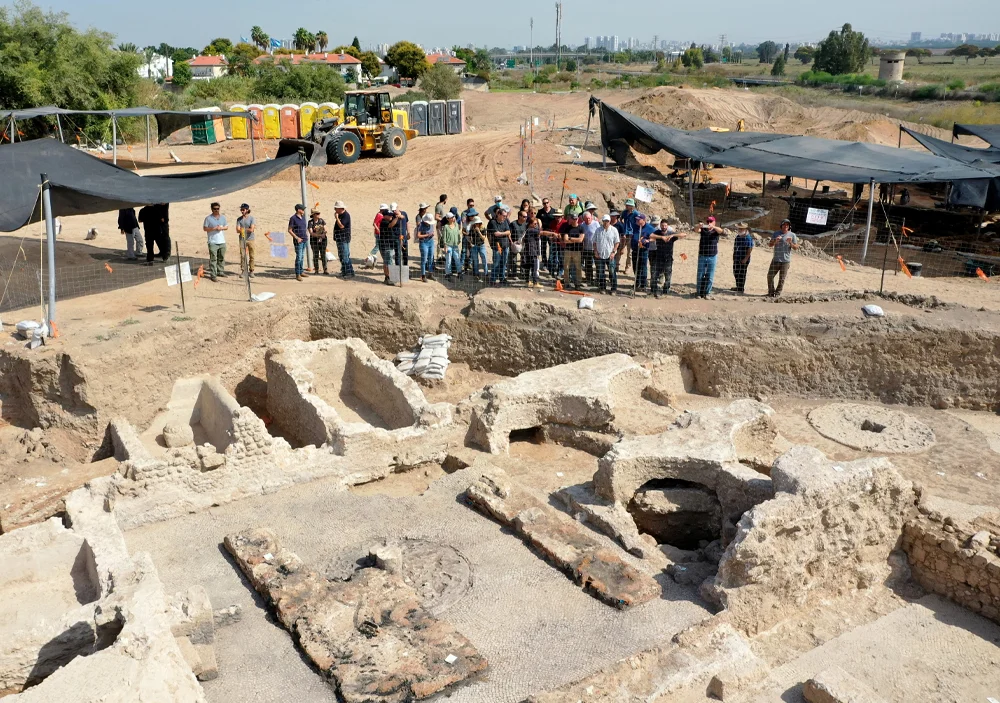 CREDIT: Assaf Peretz, Israel Antiquities Authority
CREDIT: Assaf Peretz, Israel Antiquities Authority
The kilns were used for making wine jars on site and it is likely they obtained the raw material for the clay locally. This reminds me of Gallo of California, the largest winery in the world, that has its own glass factory for production of bottles. Apparently the cost of transport of empty jars was considered prohibitive. It was considered more efficient to produce them on site. The vineyards in the southern coastal plain would have been close by and this was of a scale of production that it was likely to be owned by the nobility, the wealthy, monasteries or even be an imperial estate. Though the wines were made by Christians, there were no religious motifs found, so it was unlikely to have been a monastery.
 CREDIT: Assaf Peretz, Israel Antiquities Authority
CREDIT: Assaf Peretz, Israel Antiquities Authority
The archaeologists published that the capacity of this wine complex was up to 2 million liters. I thought that was a high estimation, but hey, they are the experts. They also announced that production was light white wine. This was based only on the ancient sources which said Gazan wine was as “white as snow.” I think it is highly unlikely a winery of the time would produce only or mainly white wine (like Sphera Winery today.) However, this does not mean that Gaza and Ashkelon were not known for their white wines. Of course when I heard this I telephoned Professor Amos Hadas my teacher on all things to do with ancient wine production. He is author of a masterful book on the subject (‘Vine And Wine, In The Archaeology of Ancient Israel’), but sadly recently passed away. As I write this article, I miss his cheerful voice, deep expertise and warmly given advice. His memory is a blessing.
One of the keys to the source of wine of this time, was the shape of the clay jars used to store and transport the wine. Each region had its own signature. Seligman showed me the unique torpedo shaped Gazan jar or amphora, which was used for exporting Gazan and Ashkelon wine. They found many of these on site. He showed me a map illustrating where these have been uncovered in excavations. They have been found in Egypt, all around the Eastern Mediterranean and as far afield as southern Spain, North Africa, France and even England!
Of course Yavne has an important Jewish history. It was where post Temple Judaism was forged and where the Sanhedrin sat. It is written that the sages met and talked ‘in the vineyards of Yavne.’ Even an ancient wine press was previously uncovered there, dating from the 5th century BCE. The history was brought alive recently by Barkan Winery. A few years ago they found a promising wild grape variety growing near a well near Palmachim Beach, in the Yavne Yam area. They propagated this variety, named it Be’er (the Hebrew for a well) and recently launched the Beta Be’er White 2021. It is a very pleasant white wine, quite aromatic, with a great story. It was launched in 2022, in tiny quantities.
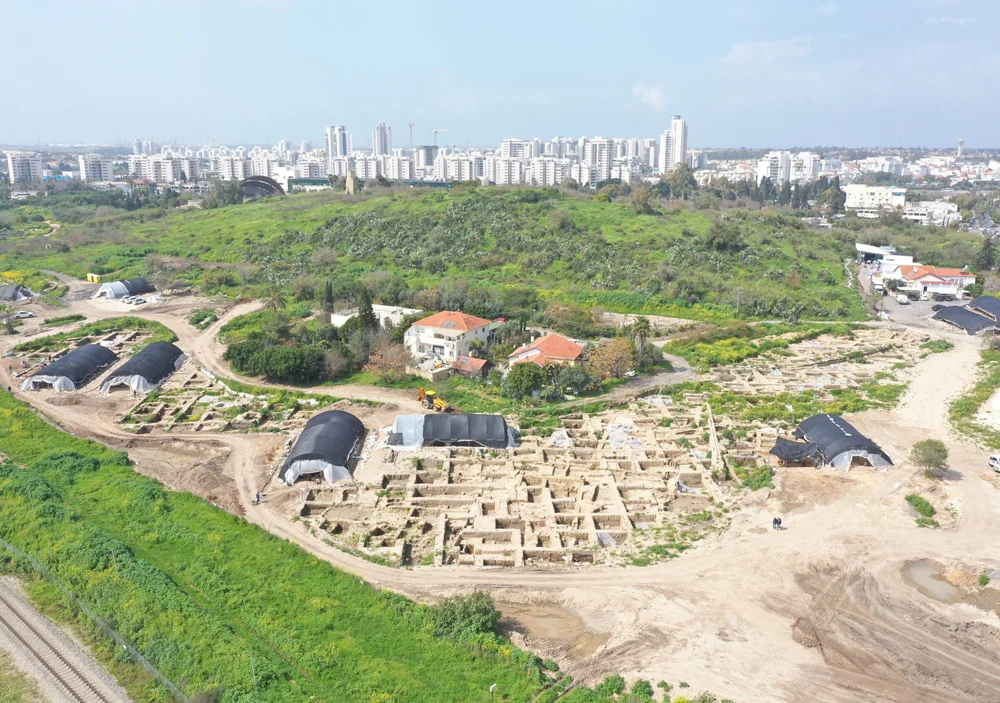 CREDIT: Assaf Peretz, Israel Antiquities Authority
CREDIT: Assaf Peretz, Israel Antiquities Authority
Let’s imagine wine growing in ancient times. The vineyards may not have been the manicured row of vines we see today. The vine is a climber and sprawler. Left to its own devices it will climb a tree or sprawl along the ground, or maybe it was trained on a pergola.
The grape variety was not an issue then. I imagine vineyards were a mix of varieties, maybe including red and white varieties together. They would have been harvested together and fermented together, like a field blend. Wines were named after the style or age of wine, not by variety. Examples of names that have survived until today are Tirosh, which was a young wine, Yashan Noshan an old wine and Konditon, a spiced wine. Or they were named after where they came from or the ports from where they were exported. There were wines named Carmel, Sharon, and also Gaza and Ashkelon.
I digress but the first citrus orchard was purchased by Sir Moses Montefiore in Jaffa in 1855. (Later it became known as the Montefiore Quarter of Tel Aviv.) From these beginnings in what was then Jaffa, a citrus industry began. The Jaffa orange became Israel’s number one brand, named after the port of the same name. Likewise, Gaza and Ashkelon became sought after brands of wine and they were named after their nearest port.
No doubt most of the wine was red. Blood red wine was the imagery that is mentioned in the Bible, from Jacob’s blessing of Judah to Jesus in the Last Supper and beyond. Red became the preferred color for religious ritual in the Judeo Christian world. However evidence of white wine was found in Tutankhamun’s Tomb, 3,000 years ago. When Jesus changed water into wine, it was most likely white wine (because it was said it looked like water). I imagine white wine became an item because it was comparatively rare, and therefore the value and desirability was increased. However it was most likely more like an orange or amber wine today, that is with some color from the grape skins and oxidation, and not the clean, clear white wines we know today.
Harvesting was done by families. The occasion was a social meeting place for young people. The grapes would be put in baskets and taken by donkeys to a wine press, known as the Gat in Hebrew. It would always be nearby to the vineyard. This would be a flat limestone basin, where the grapes would be pressed by the young men treading on the grapes. There would sometimes be a frame built above the press, with ropes hanging down for the treaders to hold onto, because it would have been very slippery. The human foot was ideal because it would crush the grapes gently without breaking the pips which would cause astringency. In areas of Portugal, stomping on the grapes is still the custom. By the Byzantine period, a screw press was in use, as can be seen at Yavne.
The must or juice would then flow through a rudimentary filter, often twigs with thorns of some sort to catch the solids, into a cistern, which was known as the Yekev, the Hebrew word for winery. The depth of the pit and stone sides, would provide a certain coolness. The fermentation would begin spontaneously, because of the white film of yeast dust on the grapes. The winemaker would watch closely for when the fermentation was either finished or had got stuck, because of the lack of temperature control. There would be a small window of time to put the wine into clay jars, often referred to by the Greek name ‘amphora.’ This would need to be timely before the wine turned to vinegar through too much exposure to air. There was likely a small hole in the top of the amphorae, so CO2 gas could be released if there was a second fermentation within the clay jar.
The amphorae would then be stored in underground caves, which were naturally dark and cool, before being shipped for export from the nearest port or enjoyed by locals. The wine would likely be less alcohol than today, and often sweet. It would be flavored by savory flavors like capers, even sea water, given added sweetness by adding date honey or flavored with herbs or spices. I suppose a vermouth or the Greek Retsina, give an idea of a flavored wine. The idea of flavoring would have masked any deficiencies in the wine, made them more palatable and acted as a preservative.
In those days people drank prodigious amounts of wine, far more than today. Water was dangerous because it carried diseases. Also wine was an easy way to get sought after calories. It was even a currency and used to pay soldiers. A soldier at a garrison in Tel Arad once sent a note on papyrus pleading: “If there is wine, send quantity!” and that was 2,600 years ago. Tel Arad is where the modern day Yatir Winery is situated.
The extent of wine production in the Holy Land then, and the wine waves made by the great wine cultures of Egypt, Greece and Rome, was one of the reasons the fruit of the vine became exalted in the western culture and such an integral part of Judeo Christian ritual and western culture. The importance of sacramental wine, or specifically Kiddush, Altar and Communion wine would testify to that. As for the sources, the Bible, Talmud and Mishnah offer a wealth of information, to add to the archaeological finds.
Our sliver of land has benefited firstly from the Canaanites. In their day, they were the finest wine producers in the world. The finding of a 3,800 year old Canaanite wine cellar at Tel Kabri in the Galilee electrified the wine world. It was the Phoenicians (mostly active in Lebanon and only in the northern part of our country), who were the great traders of wine to the west. The sojourn of the Ancient Israelites, Greeks, Romans, Byzantines and Nabateans in the Negev, and even the Crusaders, all contributed something to the beautiful mosaic which makes up our beautiful wine story. How fascinating it is to find a window into the large scale wine production of the Byzantines.
The writer is a wine industry insider turned wine writer, who has advanced Israeli wine for 35 years. He is often referred to as the English voice of Israeli wines. He is the wine writer for the Jerusalem Post. www.adammontefiore.com


